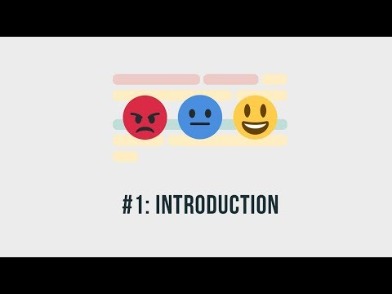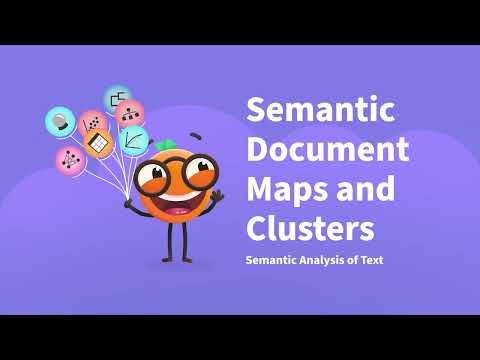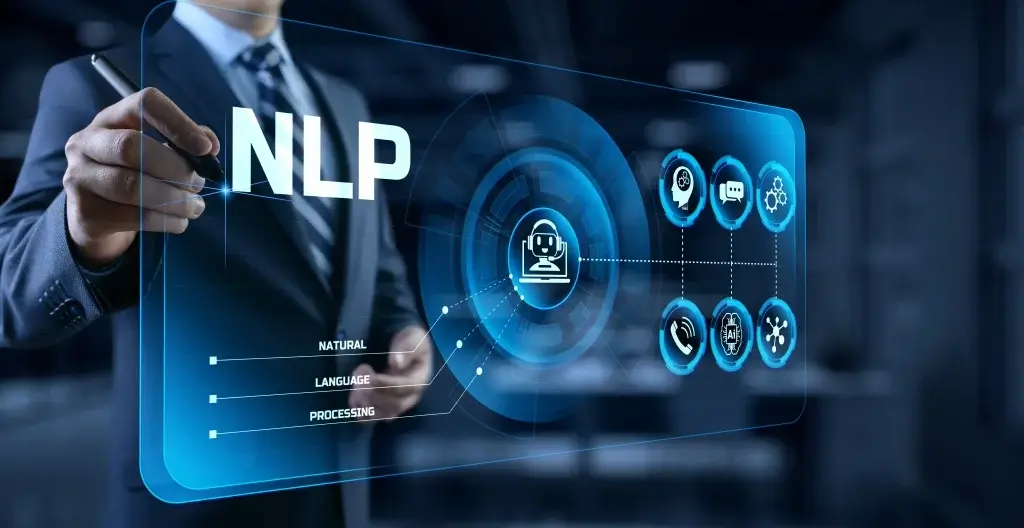Semantic Analysis Guide to Master Natural Language Processing Part 9

Thus, as and when a new change is introduced on the Uber app, the semantic analysis algorithms start listening to social network feeds to understand whether users are happy about the update or if it needs further refinement. Semantic analysis tech is highly beneficial for the customer service department of any company. Moreover, it is also helpful to customers as the technology enhances the overall customer experience at different levels. On the evaluation set of realistic questions, the chatbot went from correctly answering 13% of questions to 74%. Most significantly, this improvement was achieved easily by accessing existing reviews with semantic search.

The recent breakthroughs in deep neural architectures across multiple machine learning fields have led to the widespread use of deep neural models. These learners are often applied as black-box models that ignore or insufficiently utilize a wealth of preexisting semantic information. In this study, we focus on the text classification task, investigating methods for augmenting the input to deep neural networks (DNNs) with semantic information. We extract semantics for the words in the preprocessed text from the WordNet semantic graph, in the form of weighted concept terms that form a semantic frequency vector. Concepts are selected via a variety of semantic disambiguation techniques, including a basic, a part-of-speech-based, and a semantic embedding projection method.
Part 9: Step by Step Guide to Master NLP – Semantic Analysis
Several companies are using the sentiment analysis functionality to understand the voice of their customers, extract sentiments and emotions from text, and, in turn, derive actionable data from them. It helps capture the tone of customers when they post reviews and opinions text semantic analysis on social media posts or company websites. These chatbots act as semantic analysis tools that are enabled with keyword recognition and conversational capabilities. These tools help resolve customer problems in minimal time, thereby increasing customer satisfaction.
What is Employee Sentiment Analysis? Definition from TechTarget – TechTarget
What is Employee Sentiment Analysis? Definition from TechTarget.
Posted: Tue, 08 Feb 2022 05:40:02 GMT [source]
Expert.ai’s rule-based technology starts by reading all of the words within a piece of content to capture its real meaning. It then identifies the textual elements and assigns them to their logical and grammatical roles. Finally, it analyzes the surrounding text and text structure to accurately determine the proper meaning of the words in context.
Word
Its prowess in both lexical semantics and syntactic analysis enables the extraction of invaluable insights from diverse sources. These approaches utilize syntactic and lexical rules to get the noun phrases, terminologies and entities from documents and enhance the representation using these linguistic units. For example, Papka and Allan (1998) take advantage of multi-words to increase the efficiency of text retrieval systems. Furthermore, Lewis (1992) makes a detailed analysis, which compares phrase-base indexing and word-based indexing for representation of documents. As discussed in previous articles, NLP cannot decipher ambiguous words, which are words that can have more than one meaning in different contexts. Semantic analysis is key to contextualization that helps disambiguate language data so text-based NLP applications can be more accurate.

The application of description logics in natural language processing is the theme of the brief review presented by Cheng et al. [29]. Traditionally, text mining techniques are based on both a bag-of-words representation and application of data mining techniques. In order to get a more complete analysis of text collections and get better text mining results, several researchers directed their attention to text semantics. MonkeyLearn makes it simple for you to get started with automated semantic analysis tools.
The multi-context cluster-based approach underperforms all other configurations. WordNet consists of a graph, where each node is a set of word senses (called synonymous sets or synsets) representing the same approximate meaning, with each sense also conveying part-of-speech (POS) information. Driven by the analysis, tools emerge as pivotal assets in crafting customer-centric strategies and automating processes.

Finding HowNet as one of the most used external knowledge source it is not surprising, since Chinese is one of the most cited languages in the studies selected in this mapping (see the “Languages” section). As well as WordNet, HowNet is usually used for feature expansion [83–85] and computing semantic similarity [86–88]. Besides the top 2 application domains, other domains that show up in our mapping refers to the mining of specific types of texts. We found research studies in mining news, scientific papers corpora, patents, and texts with economic and financial content.
Tinggalkan Balasan